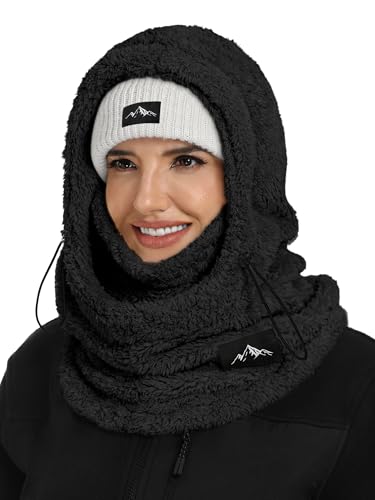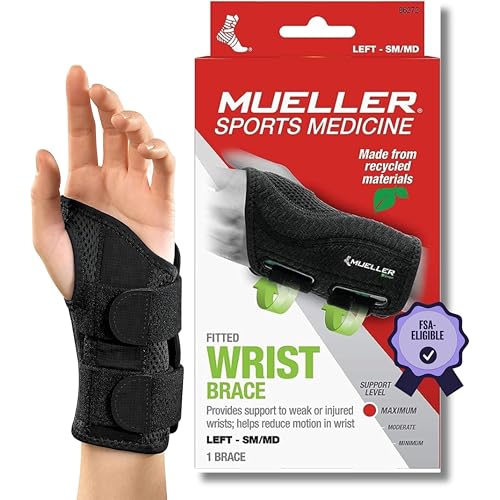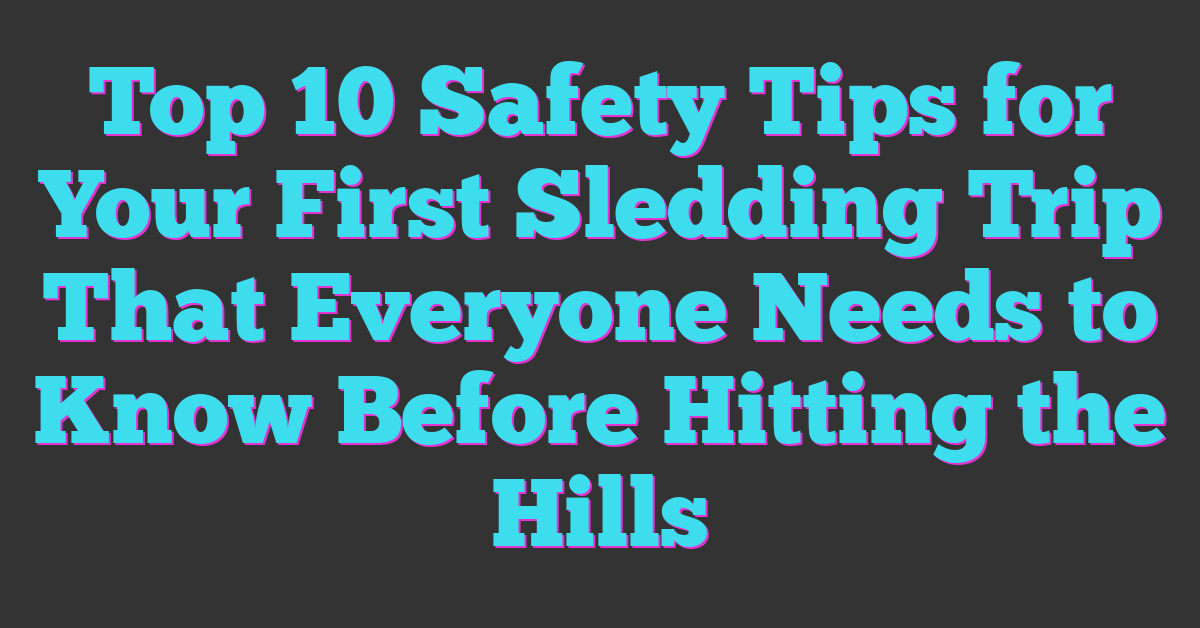Snowboarding is an exciting way to enjoy the winter, but it can put a lot of strain on your wrists. Since falling is part of the sport, wrist injuries are one of the most common issues riders face. The good news is that with the right precautions, you can protect your wrists and keep hitting the slopes safely.

You don’t have to let the fear of injury hold you back. Simple steps like wearing proper gear and practicing safe techniques can make a big difference. By taking care of your wrists, you’ll enjoy snowboarding longer and with more confidence.
Understanding Wrist Injuries in Snowboarding
Knowing the types and causes of wrist injuries helps you protect your wrists better on the slopes.
Common Types of Wrist Injuries
Sprains, fractures, and tendon injuries happen most often to snowboarders. Sprains occur when ligaments stretch or tear from sudden twists during a fall. Fractures usually break one or more wrist bones, with the scaphoid bone breaking frequently. Tendon injuries result from overuse or impacts causing inflammation or tears in the wrist tendons.
Causes and Risk Factors
Falling forward onto your outstretched hand makes wrist injuries common, especially when you instinctively try to break your fall. Landing awkwardly after jumps or on uneven terrain amplifies the risk. Weak wrist muscles and poor technique also increase injury chances. Wearing improper or no wrist protection leaves you more vulnerable.
Effective Wrist Injury Prevention Techniques
Protecting your wrists starts with smart habits and focused preparation. You can reduce injury risks by learning proper falling methods, building wrist strength, and warming up before hitting the slopes.
Proper Falling Techniques
Falling safely protects your wrists from impact. Keep your arms slightly bent and try to roll on your forearms or side instead of landing on an outstretched hand. Tucking your elbows in reduces direct wrist strain. Practice controlled falls where you absorb the force with your body rather than your wrists. By mastering these techniques, you reduce the chance of sprains and fractures when the unexpected happens.
Strengthening Exercises for Wrist Stability
Strengthened wrists handle impacts better and stay stable during tricky maneuvers. Focus on wrist curls, reverse wrist curls, and grip squeezes with light dumbbells or resistance bands. Include forearm rotations and wrist extensions to target all key muscles. Perform these exercises 2 to 3 times weekly to build endurance and resilience. Stronger wrists also improve board control and confidence on challenging terrain.
Stretching and Warm-Up Routines
Warming up lubricates joints and prepares tendons for activity. Start with gentle wrist circles, flexion, and extension stretches for 2 to 3 minutes. Follow with forearm stretches by extending your arm and pulling back on your fingers with the other hand. Combine these with whole-body warm-ups like jogging in place to increase blood flow. Warming up your wrists this way lowers stiffness and reduces injury risk during each run.
Protective Gear for Wrist Injury Prevention
Protecting your wrists is essential to enjoy snowboarding without setbacks. Using the right gear helps reduce injury risk and boosts your confidence on the slopes.
Choosing the Right Wrist Guards
Selecting wrist guards that fit snugly and offer solid support keeps your wrists aligned during falls. Look for guards with hard splints on both sides and adjustable straps to prevent twisting. Brands such as Burton and Dakine design guards specifically for snowboarders to absorb impact without restricting movement. If you tend to fall forward, opt for guards that provide extra padding on the palm and wrist. Also, check that the guards are breathable to keep your hands dry and warm all day.
Benefits of Wrist Braces and Supports
Wrist braces and supports enhance stability by limiting extreme wrist movements that cause sprains or fractures. Wearing a brace during rides adds compression which reduces swelling after minor injuries and keeps tendons in place. For long runs or challenging terrain, braces can maintain wrist strength by minimizing strain on the joints. Combining braces with wrist guards offers comprehensive protection both in falls and throughout extended sessions on the mountain.
Additional Tips for Staying Safe on the Slopes
Protecting your wrists goes beyond gear and technique. Maintaining your overall fitness and honing your snowboarding skills play key roles in preventing injuries and keeping you on the slopes longer.
Maintaining Overall Fitness
Building strength and flexibility throughout your body reduces your risk of wrist injuries by improving your balance and control. Focus on:
- Core exercises like planks and Russian twists to enhance stability.
- Leg workouts such as squats and lunges to boost power and absorb impacts.
- Wrist and forearm stretches to keep joints flexible and responsive.
- Cardiovascular training for endurance that helps maintain sharp reflexes during long sessions.
Improving your full-body fitness helps your wrists better handle sudden falls or awkward landings, making it easier to protect yourself instinctively.
Snowboarding Skill Development
Sharpening your technique decreases the chances of falling hard and sustaining wrist injuries. Commit to:
- Practicing safe falling methods repeatedly until they become second nature.
- Taking lessons to refine posture, weight distribution, and turning skills.
- Riding varied terrain gradually to build confidence without overexertion.
- Watching experienced riders and learning from their movements.
Mastering the fundamentals empowers you to anticipate and react appropriately on the snow, which directly lowers wrist injury risks while enhancing your overall ride.
Conclusion
Taking care of your wrists means you can focus more on enjoying the ride and less on worrying about injuries. By combining the right gear with good habits and consistent training, you’re setting yourself up for safer, more confident snowboarding sessions. Remember, every small step you take to protect your wrists adds up to a big difference on the slopes.
Stay mindful, keep practicing, and don’t hesitate to invest in your safety. Your wrists will thank you, and you’ll be able to keep shredding for seasons to come.
















